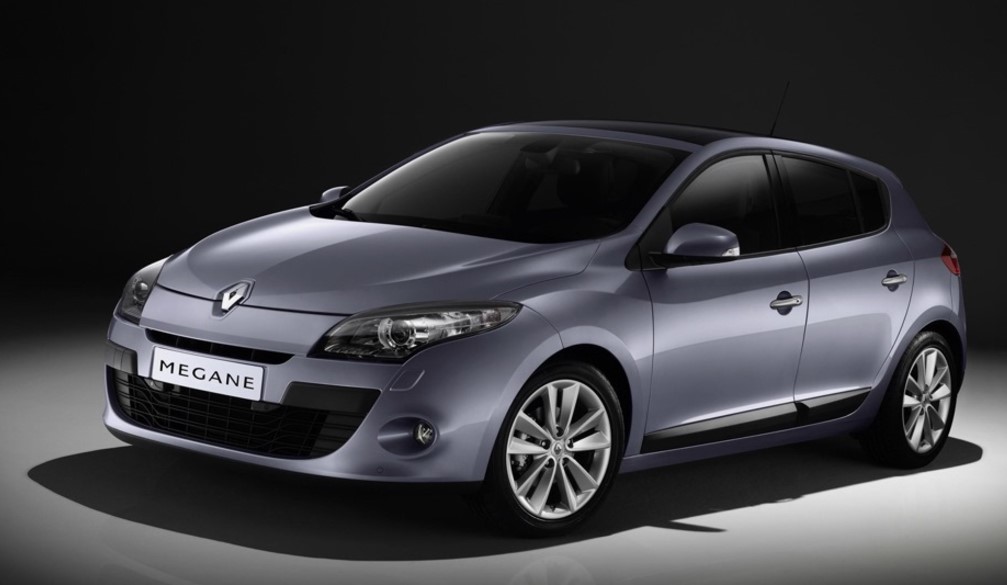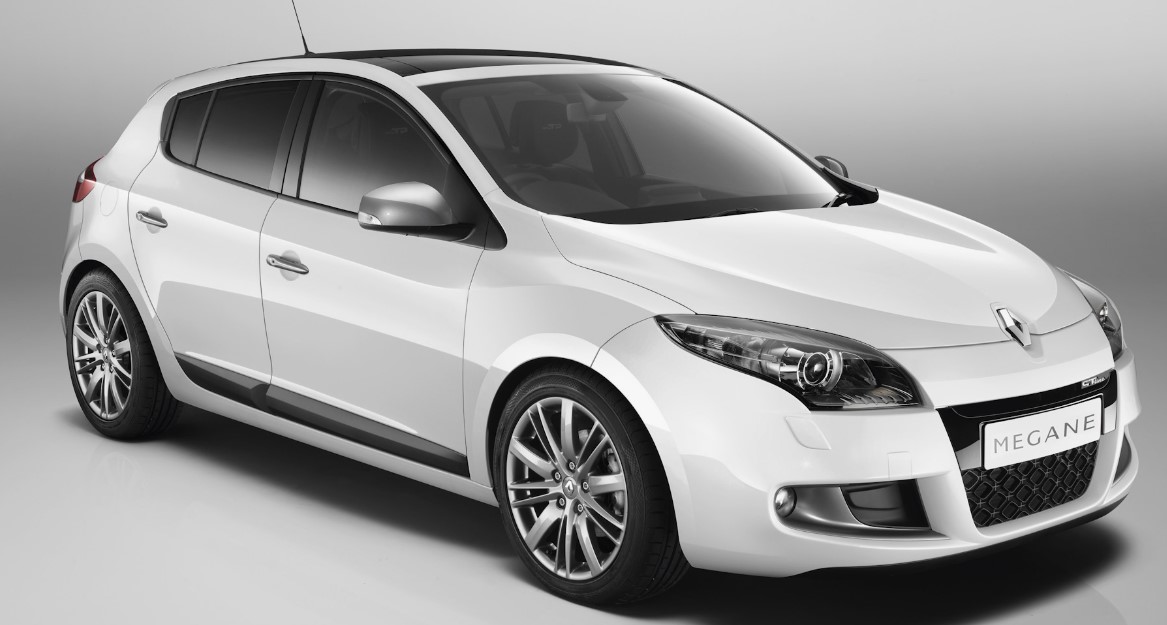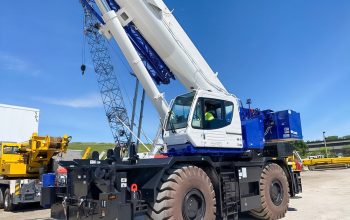The Renault Megane has long been a symbol of Renault’s commitment to innovation, safety, and style. Introduced in the mid-1990s, the Megane has undergone significant transformations across four generations, setting new standards in the compact car segment. This article explores the journey of the Renault Megane from its conceptual beginnings to its current position as a technologically advanced and stylish vehicle. The Megane’s combination of reliability and style has made it popular among drivers worldwide, including those seeking quality car rentals in vibrant cities like Dubai, where it’s available through options such as budget rent a car Dubai. We’ll delve into the history, design, and innovations that have defined each generation, as well as the accolades that have solidified the Megane’s place in automotive history.
Early Development and Design (1990–1995)
The Renault Megane project began in 1990 as Renault sought to replace its aging Renault 19 model. The project, known as X64, was an ambitious endeavor aiming to blend practicality with cutting-edge design. Renault’s design and engineering teams worked on various prototype versions, each refining the look and functionality of the vehicle. The early stages of development saw the creation of 1/4 scale models in September 1990, while full-scale 1/1 models were presented in March 1991.
By April 1992, the third version, known as Theme C, was finalized, allowing Renault to move forward with its vision. Prototypes were shown to the public in December 1992, generating significant interest and excitement among the press and car enthusiasts. However, Renault’s development process was rigorous, and the company paused work to make further improvements, resuming the project in June 1993. After refining the model’s design and specifications, the production-ready version of the Renault Megane was finally unveiled in June 1995.
First Generation Renault Megane (1995–2002)
The first-generation Renault Megane, launched in 1995, represented Renault’s commitment to producing a practical yet stylish compact car. It was offered in a variety of body styles, including a hatchback, sedan, coupe, and convertible, appealing to a wide range of customers. Unlike its successors, the first-generation Megane featured a more conservative design, prioritizing reliability and safety over bold styling. However, Renault did incorporate several notable features, such as dual airbags, setting a strong foundation for safety in compact vehicles.
The initial release quickly gained popularity in Europe due to its practical design, spacious interior, and economical performance. The versatility of the body styles allowed the Megane to cater to different customer preferences, from families to young professionals. This first generation established the Renault Megane as a solid contender in the compact segment.

Second Generation Renault Megane (2002–2008)
In 2002, Renault introduced a completely redesigned second generation of the Megane. This model represented a radical departure from the traditional design cues of its predecessor, with bold, angular lines and an unconventional rear end. Built on the Nissan C platform, shared with the Nissan Qashqai and X-Trail, the Megane II brought a host of technical advancements, including a fully updated range of engines and enhanced safety features.
The second generation marked a turning point for the Megane, earning significant recognition and awards. Most notably, in 2003, it was awarded the prestigious European Car of the Year, thanks to its expressive design, improved safety features, and innovative technologies. It also became the first car in its class to receive a five-star Euro NCAP safety rating, setting a new standard in the compact car market.
One of the standout features of the second-generation Megane was the Renault Card keyless ignition system, a novel technology in the early 2000s. This system, which allowed drivers to start the vehicle with a simple button, would later become an industry standard. Additionally, in June 2003, Top Gear conducted the first-ever live crash test with a real driver, showcasing the vehicle’s robust safety capabilities and further highlighting Renault’s dedication to occupant protection.
Third Generation Renault Megane (2008–2015)
The third generation of the Renault Megane, launched in 2008, brought a more streamlined design approach. With cleaner lines and a sportier profile, this generation was primarily offered as a three- or five-door hatchback. Although the design was slightly more conventional than its predecessor, it retained the unique character of the Megane while appealing to a broader audience. Renault also introduced additional body styles, such as a station wagon and sedan, broadening the Megane’s market reach.
The third-generation Megane was praised for its high-quality materials and improved ride comfort. Renault placed an emphasis on handling and driver engagement, making this generation feel more responsive and enjoyable to drive. Enhanced safety features were also a key focus, as this model retained the Megane’s impressive reputation for occupant protection.
Fourth Generation Renault Megane (2015–Present)
In 2015, Renault launched the fourth generation of the Megane, taking its design, performance, and technology to new heights. Featuring sleek, contemporary styling, the Megane IV set itself apart with its distinctive LED lighting and refined silhouette. Renault incorporated a range of advanced features in this generation, positioning the Megane as a premium compact option while maintaining its affordability and practicality.
The Renault Megane IV station wagon is a prime example of this generation’s innovation, offering spacious dimensions, ample cargo space, and impressive fuel efficiency. Key specifications include:
🡪Dimensions: Length of 4626 mm, height of 1449 mm, width (with mirrors) of 1814 mm, and a wheelbase of 2712 mm.
🡪Trunk Capacity: 563 liters, expandable to 1504 liters, offering versatility for families and frequent travelers.
🡪Performance: A top speed of 191 km/h and acceleration from 0 to 100 km/h in 11.4 seconds.
🡪Fuel Economy: With an average fuel consumption of 4.3 liters/100 km in a combined cycle, the Megane IV station wagon is both economical and eco-friendly.
The fourth-generation Megane also boasts an array of advanced technologies, including:
🡪4Control All-Wheel Steering Chassis: Enhances maneuverability at low speeds by allowing the rear wheels to turn in the opposite direction of the front wheels. At higher speeds, it improves stability by turning the rear wheels in the same direction as the front wheels.
🡪Multi-Sense Driving Modes: Allows drivers to customize their driving experience with Eco, Comfort, Sport, and My Sense modes, each offering a different balance of performance and efficiency.
🡪OpenR Multimedia System: Featuring a 12.3-inch digital instrument panel and a 12-inch vertical touchscreen, powered by a Qualcomm Snapdragon processor and Android Automotive OS. This system includes Google services, such as Google Maps and Google Assistant, enhancing the driving experience with seamless connectivity.
🡪Rear-View Camera System: Allows drivers to switch between a traditional rear-view mirror and a camera-enhanced view, offering improved visibility and safety.

Unique Features and Innovations
Throughout its evolution, the Renault Megane has introduced several unique features, reinforcing its reputation for innovation in the compact car segment:
🡪Renault Card Keyless Ignition System: Introduced with the second generation, this feature paved the way for keyless systems across the industry.
🡪Rust-Resistant Body: A strong selling point in European markets, the Megane’s body is designed to resist corrosion, ensuring a long lifespan.
🡪Fuel Efficiency: The Megane’s efficient engines provide a balance of performance and economy, with some models achieving as low as 6 liters per 100 km at highway speeds.
🡪4Control Steering: This system offers superior handling, making the Megane IV one of the best-handling compact cars on the market.
The Megane’s comfortable suspension, sound insulation, and good load capacity make it a practical choice for both city and long-distance driving. Its large trunk and adjustable steering wheel cater to a wide range of drivers, while its striking exterior design appeals to style-conscious consumers.
Awards and Accolades
The Renault Megane has won numerous awards for its design, safety, and innovation:
🡪Car of the Year 2003: The second-generation Megane received this award for its innovative design, impressive safety features, and advanced technology.
🡪Five-Star Euro NCAP Rating: The Megane became the first car in its class to achieve this rating, with both the second and fourth generations receiving the prestigious five-star safety rating.
🡪Safest Car Across Categories: In 2008, Euro NCAP named the Renault Megane as the safest vehicle across categories, based on comprehensive crash test results.
Conclusion
The Renault Megane’s journey from its initial concept in 1990 to the advanced, tech-filled fourth-generation model showcases Renault’s dedication to continuous improvement. Each generation has introduced new technologies, enhanced safety, and an evolving design language that has kept the Megane at the forefront of the compact car market. Renault’s focus on innovation, style, and practicality has made the Megane a beloved choice among drivers worldwide, embodying the brand’s core values and ensuring its place as a mainstay in automotive history.

Cyclist, follower of Christ, ukulelist, Mad Men fan and Guest speaker. Operating at the fulcrum of aesthetics and elegance to craft meaningful ideas that endure. I work with Fortune 500 companies and startups.



